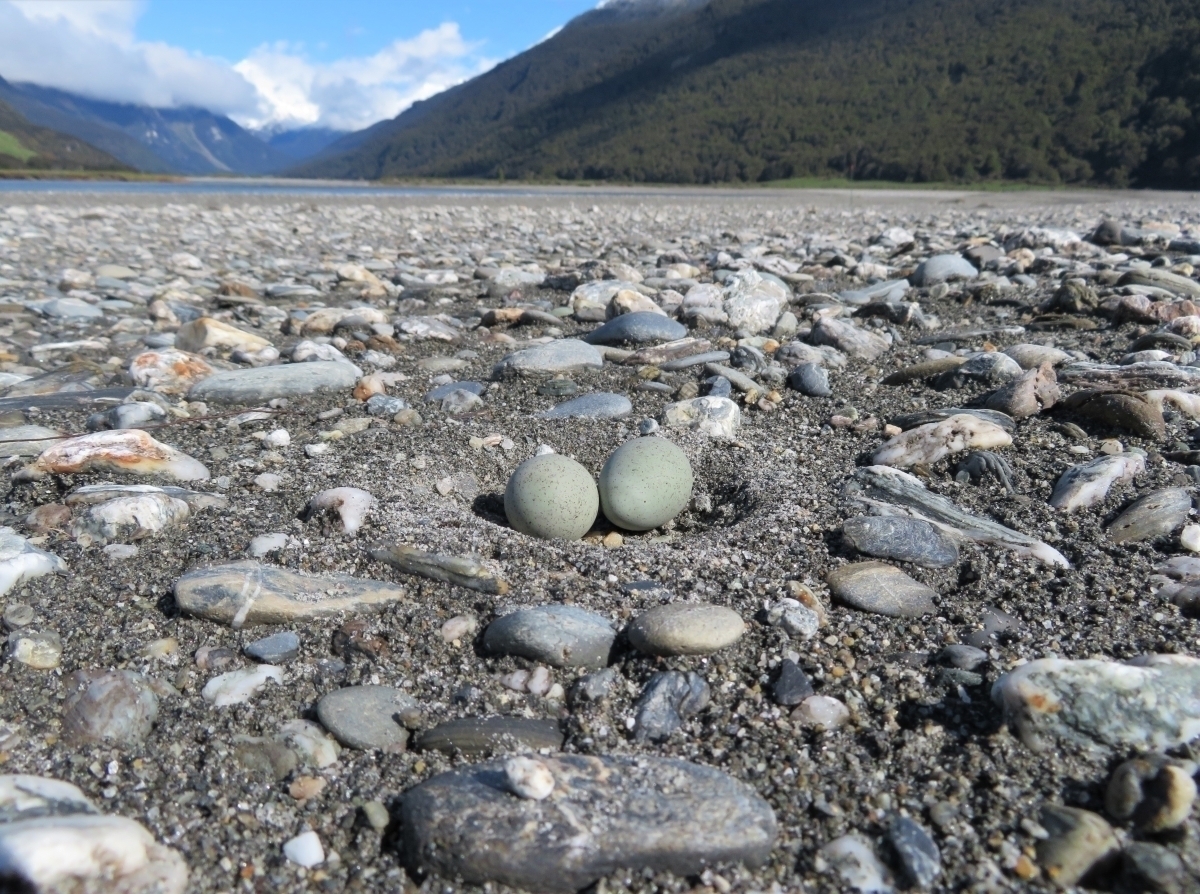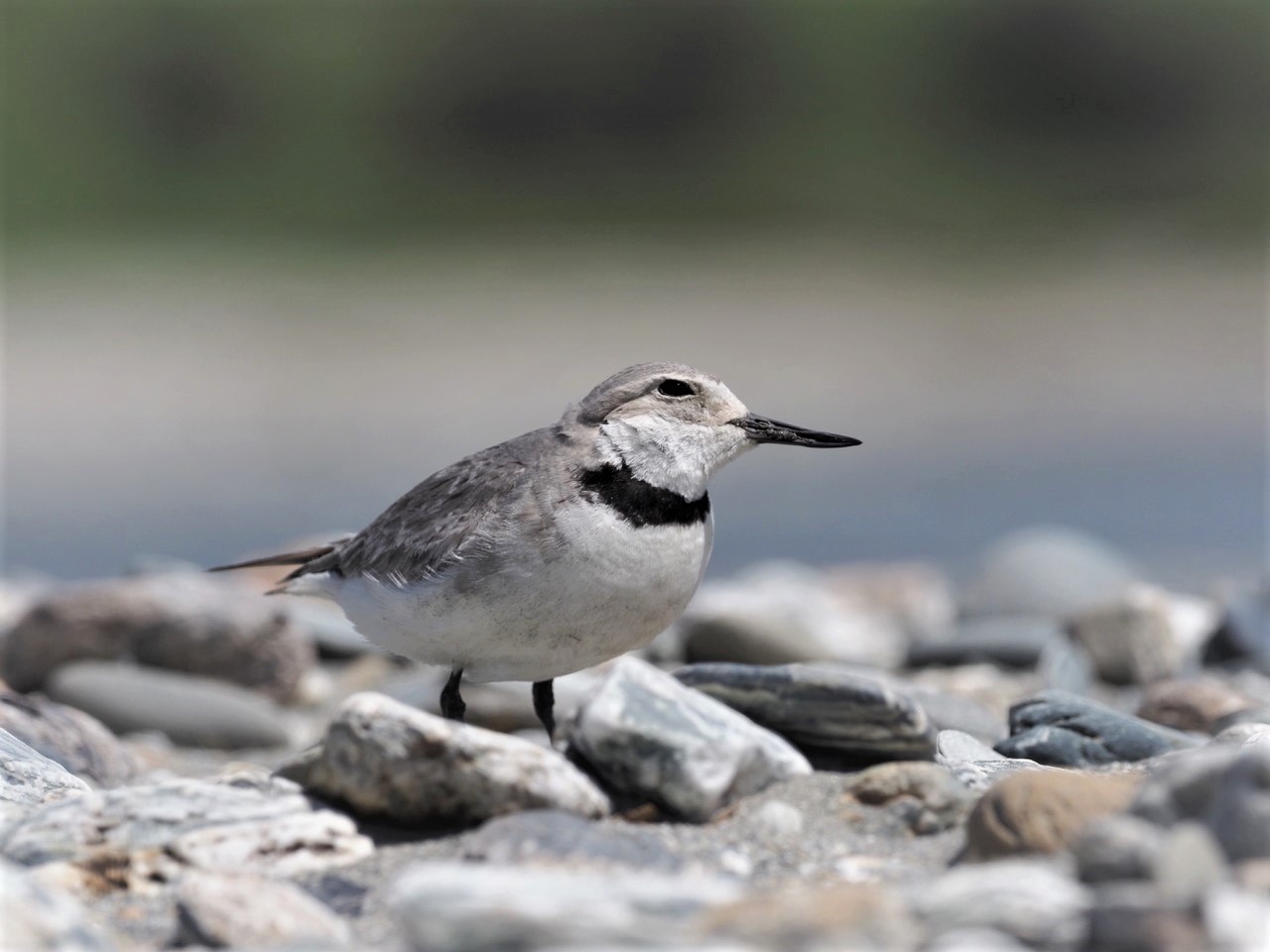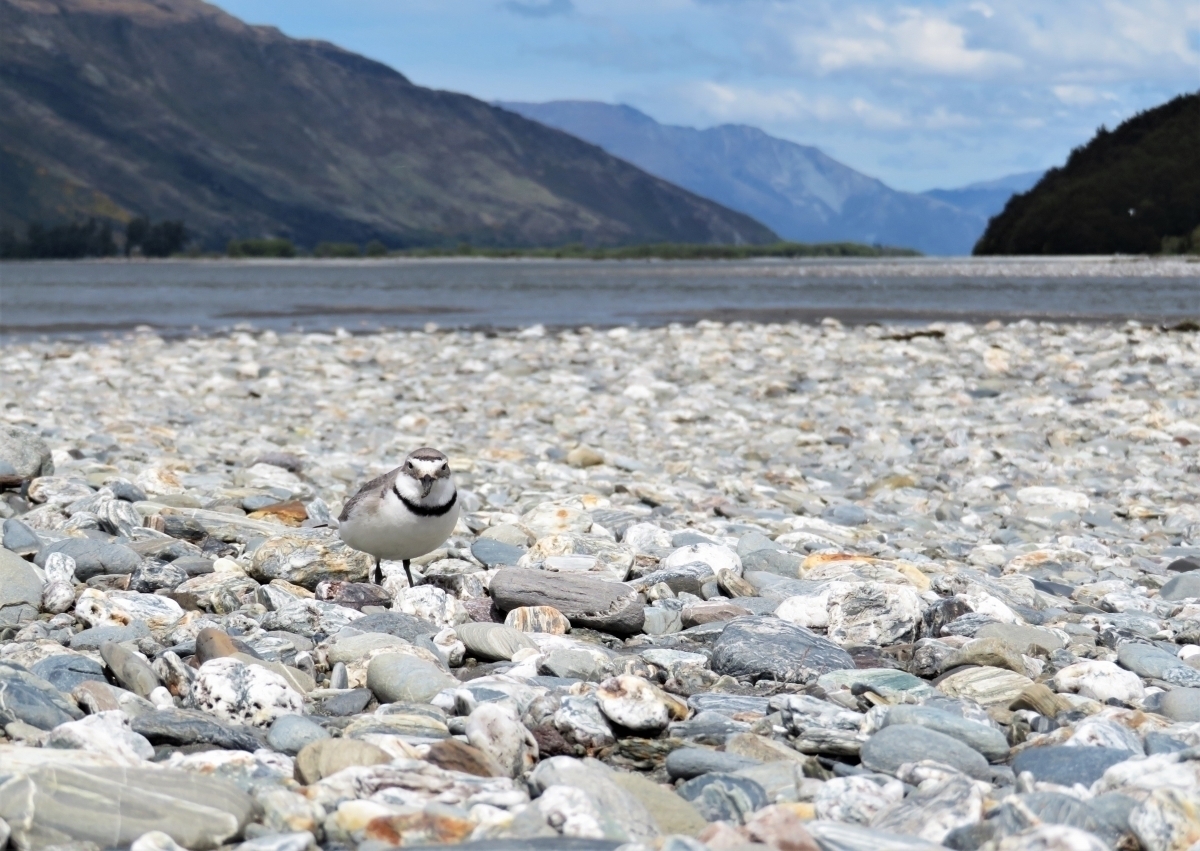There is a strong case for Wrybill Anarhynchus frontalis as Bird Of The Year.
The wrybill is an incredible bird with considerable resilience that enables it to survive and breed within the harsh, exposed and dynamic environment of New Zealand’s braided rivers. This unique species, then migrates to the food-rich tidal flats of the North Island where flocks of wrybill congregate for the winter. Both sites instrumental to the survival of this species exhibit considerable threats (invasive mammal and avian predation, damage and disturbance of nest sites from recreation, declines in water quality, avian botulism, flooding of nest sites, climate change increasing severity of flood events, loss of habitat and lack of awareness at breeding sites) to survival rates which accumatively contribute to an overall population decline.

Currently the wrybill is listed as Vulnerable under New Zealand and International Union for the Conservation of Nature (IUCN) Threat Classification, however should this species be re-evaluated and its threat status increased?
Currently the global population is estimated at around 4,500 – 5000 individuals but how current is this figure and does it take into account the current threat status. The last published demographic figures are based from 1999 Trend justification.
IUCN Trend Justification: Analysis of wintering flocks indicates a slow decline over the last 40 years (Veitch and Habraken 1999), which is supported by preliminary results from a long-term demographic study (J. E. Dowding in litt. 1999).
The wrybill is the only bird in the world with a laterally curved bill (always curved to the right) which allows it to feed on aquatic insects around the edges of rocks and crevices and also from aquatic biofilms. It relies on cryptic adaptation upon its braided river breeding habitat to avoid predation from invasive mammals and avian predators such as Southern black-backed gull. The wrybill’s neck is able to tilt upwards to the side enabling awareness of preadators from above but also downwards when foraging for invertebrate prey. Typically they lay two blueish-grey eggs within a hollow amongst riverbed gravels (as above image) and incubation is for a period of 30 days.
The characteristic call of the wrybill is integral to the onset of spring on New Zealand’s braided rivers.

Please vote WRYBILL For Bird Of The Year 2019 along with Pūkorokoro Miranda Shorebird Centre and Braided River Aid (BRaid).
With thanks 🙂
Rachel Hufton is an ecologist and ornithologist fortunate to have experience of monitoring wrybill at both their wintering (Firth of Thames) and (more recently) braided river breeding sites.
Update: Two days after this article the nest site was washed away by rising flood water due to snow melt and rainfall. Both adults remained at the nest site, showing sign of distress searching for their nearly hatched chicks. Further highlighting the need to raise the profile of this endangered shorebird.




